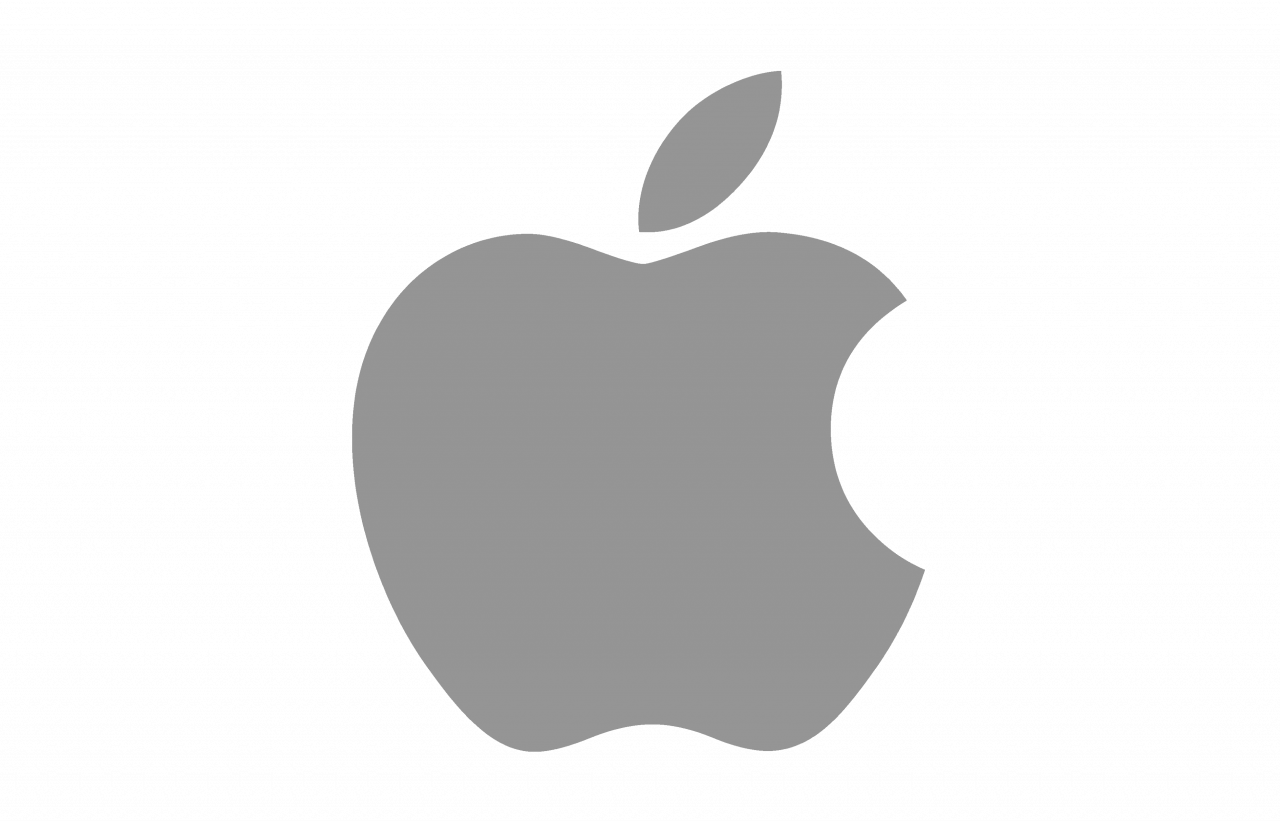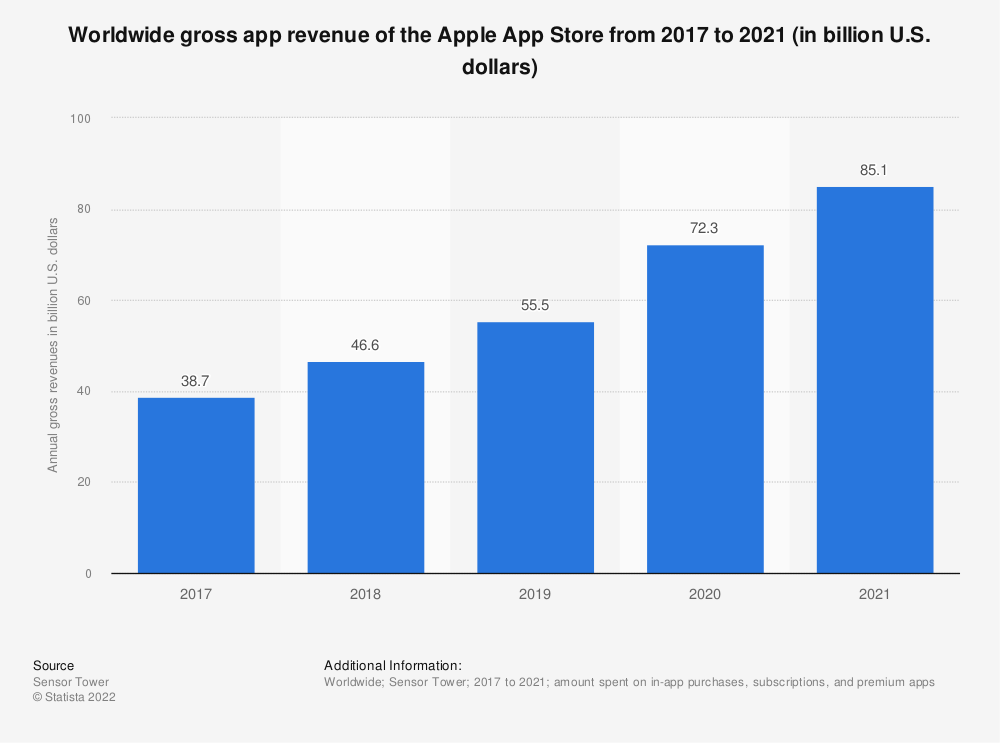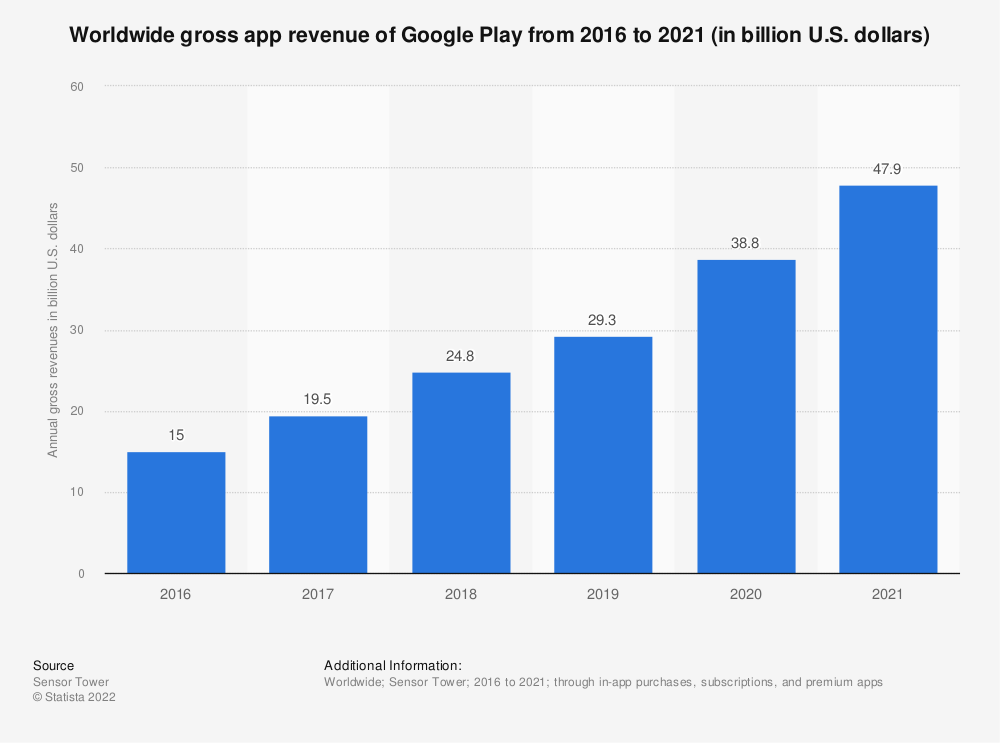Oligopoly
Christopher Makler
Stanford University Department of Economics
Econ 51: Lecture 7
pollev.com/chrismakler

Markets and Market Failures
- Econ 50, Econ 51 thus far: "Libertarian Paradise"
- Markets are efficient
- Interfering with markets is inefficient
- Problems:
- Markets can fail to produce an efficient result
- Many important things that affect our lives are not produced in competitive markets -- and maybe couldn't be
Big Idea for the Rest of the Course:
Strategic Interactions between Small Numbers of Agents
- Very realistic - lots of examples, from families to international diplomacy
- Models of oligopoly
- 1838: Cournot
- 1883: Bertrand
- 1929: Hotelling
- 1934: Stackelberg
- Mid-20th century: John Nash formalized and generalized the notion of strategic equilibrium among small numbers of agents
- We will follow this intellectual history, by first analyzing oligopoly models and then generalizing to look at broader classes of problems
Competition
- Lots of "small" firms selling basically the same thing (commodity goods)
Oligopoly
- A few "medium" or "large" firms selling differentiated products
- Firms face essentially horizontal demand curve
- Firms face downward sloping demand curve
-
Interdependence:
each firm's choice
affects other firms
-
Independence:
no individual firm's choice affects other firms







Review: Monopoly
Profit
The profit from \(q\) units of output
PROFIT
REVENUE
COST
is the revenue from selling them
minus the cost of producing them.
Revenue
We will assume that the firm sells all units of the good for the same price, \(p\). (No "price discrimination")
The revenue from \(q\) units of output
REVENUE
PRICE
QUANTITY
is the price at which each unit it sold
times the quantity (# of units sold).
The price the firm can charge may depend on the number of units it wants to sell: inverse demand \(p(q)\)
- Usually downward-sloping: to sell more output, they need to drop their price
- Special case: a price taker faces a horizontal inverse demand curve;
can sell as much output as they like at some constant price \(p(q) = p\)
Notation Alert: q not y
Demand and Inverse Demand
Demand curve:
quantity as a function of price
Inverse demand curve:
price as a function of quantity
QUANTITY
PRICE
If the firm wants to sell \(q\) units, it sells all units at the same price \(p(q)\)
Since all units are sold for \(p\), the average revenue per unit is just \(p\).
By the product rule...
let's delve into this...
Total, Average, and Marginal Revenue
The total revenue is the price times quantity (area of the rectangle)
The total revenue is the price times quantity (area of the rectangle)
If the firm wants to sell \(dq\) more units, it needs to drop its price by \(dp\)
Revenue loss from lower price on existing sales of \(q\): \(dp \times q\)
Revenue gain from additional sales at \(p\): \(dq \times p\)
Profit Maximization with Market Power
Optimize by taking derivative and setting equal to zero:
Profit is total revenue minus total costs:
"Marginal revenue equals marginal cost"
Example:
What is the profit-maximizing value of \(q\)?
What is the profit-maximizing value of \(q\)?
Multiply right-hand side by \(q/q\):
Profit is total revenue minus total costs:
"Profit per unit times number of units"
AVERAGE PROFIT
Special simpler case: constant marginal cost, no fixed costs.
Simple case: linear demand, constant MC, no fixed costs
Baseline Example: Monopoly
14
2
units
$/unit
14
P
Q
Baseline Example: Monopoly
14
2
units
$/unit
14
P
Q
Profit
Baseline Example: Monopoly
14
8
2
6
Q
P
36
IMPORTANT
- Don't look at the homework yet, I'm updating it
- Refers to a bunch of stuff from game theory because we usually do that first
- Mostly has to do with Thursday's model anyway
Duopoly
Quantity Duopoly
- Two firms ("duo" in duopoly)
- Each chooses how much to produce
- Market price depends on
the total amount produced - Each firm faces a residual demand curve
based on the other firm's choice
Quantity Leadership Model
- Firm 1 chooses how much to produce first \(q_1\),
at a cost of $2 per unit - Firm 2 observes firm 1's choice,
and then chooses how much to produce \(q_2\),
also at a cost of $2 per unit - The market price is determined by \(P(q_1,q_2) = 14 - (q_1+q_2)\)
- Profits are realized
- \(\pi_1(q_1,q_2) = (14 - [q_1 + q_2]) \times q_1 - 2q_1\)
- \(\pi_2(q_1,q_2) = (14 - [q_1 + q_2]) \times q_2 - 2q_2\)
How will firm 2 react to firm 1's quantity?
2
P
"Firm 2's Residual Demand Curve"
Firm 2's "reaction function"
How will firm 1 choose, knowing firm 2's reaction?
Firm 2's "reaction function"
Stackelberg Equilibrium
Firm 2's strategy: whatever \(q_1\) firm 1 produces, produce \(6 -{1 \over 2} q_1\)
Firm 1's strategy: produce 6 units of output
Given what the other firm is doing,
does either firm have any incentive
to change its strategy?
In equilibrium, firm 2 produces 3 units.
Why don't we just say that its strategy is "produce 3 units of output"?
Next Time
- Cournot: simultaneous move quantity game
- Repeated Cournot & collusion
Econ 51 | Fall 2022 | 7 | Oligopoly
By Chris Makler
Econ 51 | Fall 2022 | 7 | Oligopoly
- 510



